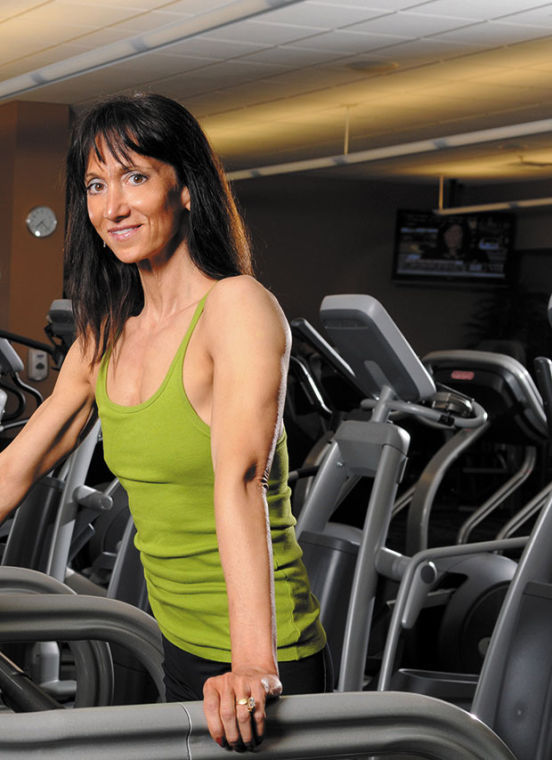25 years of fitness
Published August 10, 2017
On Aug. 11, 2017, my husband and I will celebrate 25 years of marriage. This has been an exciting journey, and we are very much looking forward to the next 25 years together. We have grown, changed, supported each other, helped each other move in new exciting directions, yet remained true to our original relationship of love and mutual respect.
Marriage is not the only thing that has evolved over a quarter of a century. The fitness industry, too, has seen some major shifts during this time frame, while still adhering to the global ideal of facilitating health, strength, and flexibility through a variety of fun and creative modes.
One of the most dramatic shifts in the industry can be witnessed in the class formats offered at gyms and fitness centers across the country. Twenty-five years ago, step classes and high-impact aerobics occupied nearly every time slot. Today, we can expect to find an increasing number of yoga, Zumba, kickboxing, flexibility and youth fitness classes filling Group Exercise schedules. Personal training, too, has exploded upon the scene. We now find trainers who specialize in sports-specific conditioning, rehabilitative /adaptive exercise, balance and competitive bodybuilding. The YMCA’s Silver Sneakers programs for older adults who wish to remain active have blossomed too as our population ages.
ADVERTISEMENT
Fitness gear and equipment have also undergone a tremendous shift. How many of us recall the Thigh Master and the Body Blade? The vibrating weight-loss-belt machines and the Ab Roller? In sharp contrast, we rely today on simpler, body-weight-only movements: yoga, Pilates, TRX suspension gear, and boot-camp-style training. Our nod to technology now appears in the form of Fitbits and step-tracking devices.
Even the terminology we use in the industry has evolved. 25 years ago, we might never have encountered such phrases as “HIIT” (high-intensity interval training), Tabata, “DOMS” (delayed-onset muscle soreness), Plyometrics and “RPE” (rate of perceived exertion). Foam-rolling and active recovery were concepts not even considered years ago, yet are of vital importance in today’s fitness world.
With an eye on the future, exercise continues to evolve. Technology will redefine tomorrow’s habits by helping active individuals understand what works for them; recommendations based on the masses will be a thing of the past. Meal plans will continue to take on prominence, with an emphasis on eliminating the idea of “bad” or “forbidden” foods in favor of moderation, macronutrients and timing of intake. The debate of structured footwear versus barefoot running may not see any resolution, but then again, what works for some may not be the best solution for all.
As with our marriage, the key to longevity in fitness is finding what mode of exercise you find most enjoyable and carving out the time to pursue it. Occasionally spicing up your routine — or relationship — with something new can be fun, too. Remain open to possibilities, and watch your health grow.















